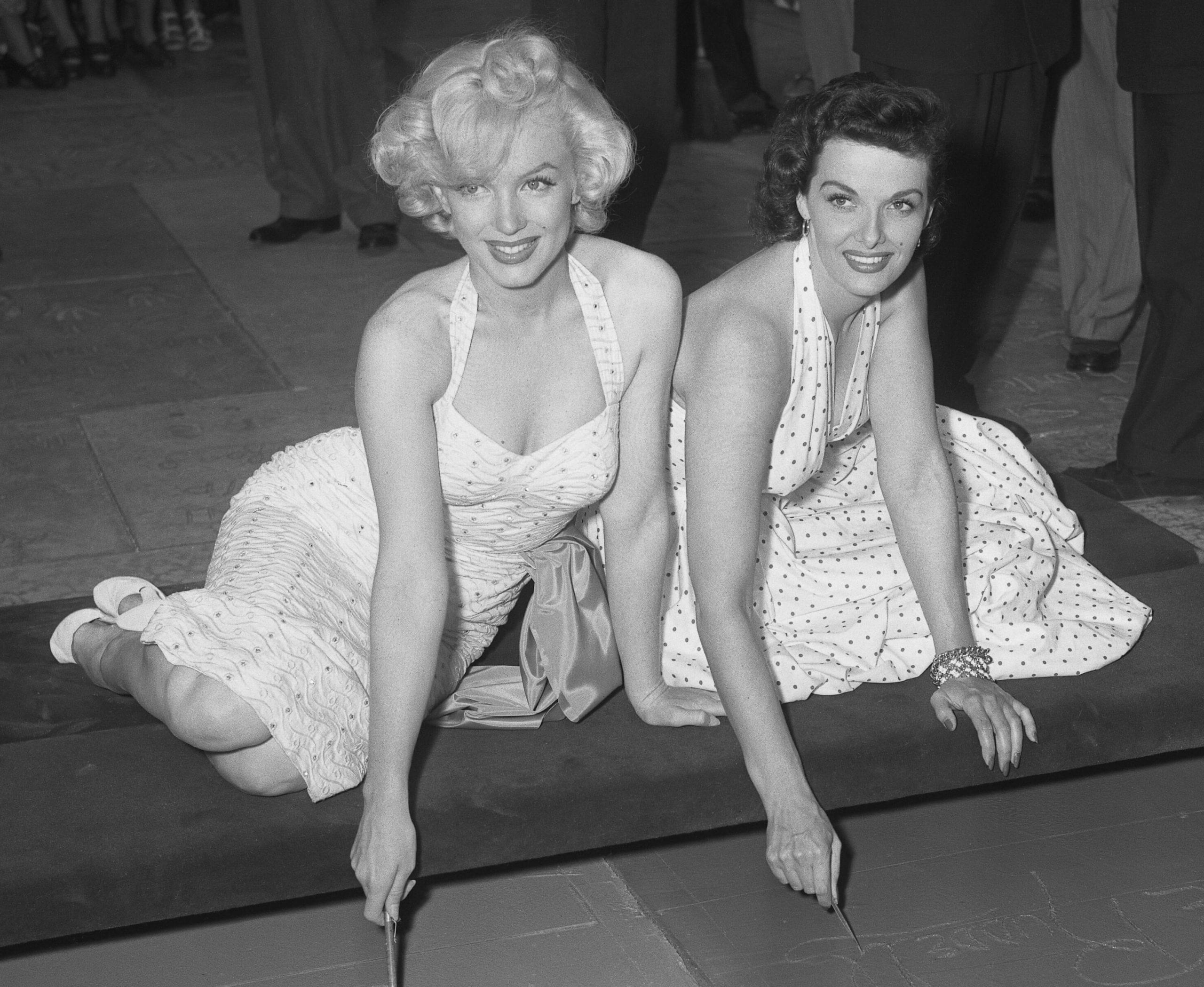Life can be dull at times. When we find ourselves plagued by existential confusion, we cling to the prospect of love and to the belief that it will bring clarity. For many of us, life can feel like a waiting room, anticipating the arrival of true love. In the right circumstances, love and sex can be used to remedy an apathetic outlook on life. Sex has the power to unite souls, bringing people together through an alternative and intangible language. To endorse the tortured artist stereotype, it is no wonder that creatives seek to imply sensuality in their search for meaning. With creating comes an exploration of humanity which leads to many artists including symbols and icons of sex in their works.
Depictions of fruit can suggest temptation, with the story of Adam and Eve having rendered it a symbol of sex. Many people across the world subconsciously interpret it in this light. We can see it utilised through film and art. Paul Gaugin’s work, for example, makes his perception of women plain, as he reduces them to objects of sexual desire. The incorporation of symbolism in Woman holding a fruit and Woman with figs cast a certain light over these women: The rare and natural beauty of figs traditionally symbolises genitalia, transforming them into symbols of lust and temptation. This is a slightly darker use of sexual iconography which hints at the artist’s unsavoury perspective.
“Simultaneously, this perspective of women is narrow enough that it only encompasses their sexuality, and most importantly, the consequences it has for men.”
Unsurprisingly, the most prominent sexual icons are women. The curation of the temptress or siren is prevalent across all forms of media. This archetype saw women portrayed in a position of power, luring men to their moral destruction and inability to physically control their male urges. The character of the siren entailed a reversal of roles, with women embodying the dominance that was historically reserved for men. Simultaneously, this perspective of women is narrow enough that it only encompasses their sexuality and most importantly, the consequences it has for men. So while she may seem powerful, it is her male victim that holds moral weight — she is already damned!
John Everett Millais’ Ophelia is a painting rich with symbolism. A well-known character of Shakespeare’s Hamlet, Ophelia drowns herself after facing rejection from her lover. The painting, while beautiful, portrays a pessimistic outlook on love and sexuality. Ophelia’s downfall is an allegory for the consequences that come with sexual awakening. Her story serves as a powerful reminder of the dangers of vesting your entire identity in your relationships and sexuality.
“The portrayal of the femme fatale sought to illustrate women who were in control of their own sexuality.”
The femme fatale was depicted repeatedly in Pre-Raphaelite works such as John William Waterhouse’s trio of paintings on Circe. Circe, born from myth, was a witch who turned men into animals who in turn served as her slaves. The portrayal of the femme fatale sought to illustrate women who were in control of their own sexuality. On the surface, these women seem empowered. There is an element of playfulness and irony; a man’s tendency to underestimate women and their capabilities leads to his own death. It is a means of taking down those who believe in the patriarchy, and showing them that they are not all-powerful. This magnificent concept has been tainted by the fact that we view these women through the eyes of men. Their powerfulness becomes not just an attribute to their character, but a trait that makes them more appealing to men.
Intimacy and sensuality are woven throughout art, film and every form of media out there. From Marilyn Monroe to Brooke Shields, in history, women have been proclaimed as sex icons. Seeing people embrace their sensuality in film and art often carries the stain of the artist’s desire. It has become the norm to view certain people in a sexual light, because we know that we are supposed to, which is unfair to both the viewer and the subject. The inclusion of hidden symbols of lust and temptation adds a sense of tenderness to art, grounding the work in its depiction of humanity.






